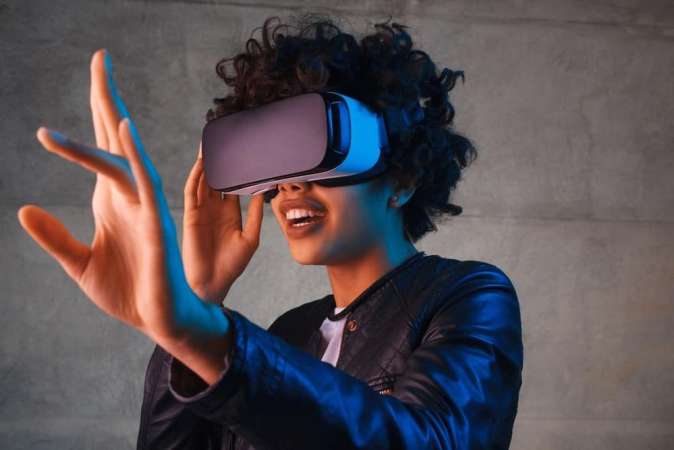While most of us have heard of virtual reality and augmented reality, understanding the difference between the two might require some technical explanation.
There is a lot of talk these days about virtual and augmented reality. Everywhere you go, you hear people discussing the latest virtual reality (VR) trends, such as the ability to take a vacation using VR. For example, it won’t come as a surprise that we will soon be able to visually follow in a mountaineer’s footsteps all the way to the top of Mount Everest.
However, is all this information about VR true? To answer this, we must first determine what virtual reality is and how it differs from augmented reality.
What is Virtual Reality?
Simply put, VR catapults you into a virtual world in which you interact via visors or goggles. When you place a VR headset on, you shut out the current world and immerse yourself in an alternate one. Because your senses tune into the sounds and images in front of you, you feel absorbed into this new world. For example, some people might report feeling the actual sensation of climbing a mountain while in a mountaineering VR scenario.
Virtual reality is a product of sounds and images generated by a computer via 360-degree camera technology: computer-generated images and a combination of modern photography and computer-generated virtual reality scenes. While most people think that computer-generated imagery (CGI) started with Star Wars, it made its actual debut in short film segments in the 1960s. However, CGI continued to evolve past computer graphics into the virtual reality setting, where entire worlds can now be created through computer-generated imagery.
Applications of VR
Scientists see many uses for virtual reality in the future. For example, police, fire department, and military units could use virtual reality headsets for training. VR could also help introduce them to new terrains or combat scenarios. The system would allow fresh military recruits to get the necessary training without the fear of injury.
Additionally, corporate meetings and trips could go virtual. Participants could still meet, but in a virtual world, which would result in significant savings. VR could also allow scientists to use information overlays and VR to create real-time mock-ups. The medical industry could also use virtual reality to analyse the human body and determine what is wrong with an individual and the best course of treatment.
What is Augmented Reality?
While VR operates according to the principle of total immersion, augmented reality (AR) takes parts of our current reality and adds something new to it. AR enhances our experiences, usually using clear glasses or visors. Rather than immersing you in a completely different world, AR kicks your current reality up a notch.
Understandably, all of this might sound a bit confusing. However, picture yourself swimming in the Great Barrier Reef in Australia using AR. Thousands of colourful fish swim all around you. You can even swim next to the sharks without being afraid. Now, picture visiting a large tank of fish, such as an aquarium. You’d still be able to see all the fish and the sharks, but you won’t be swimming alongside them. This is because VR doesn’t take you out of your world but merely adds to it.
Many companies are looking into adding augmented reality technology to existing platforms. For example, Apple is exploring using AR glasses, which would permit the user to experience their current view and link to their phones. The glasses could be used as an extension of the telephone screen and could offer users information about what they are seeing.
Uses of Augmented Reality
Like VR, augmented reality also has its uses in the world. For example, AR could be used for medical training by allowing medical personnel to receive information about a patient through glasses. AR may also be beneficial to businesses that are trying out prototypes for new designs and ideas. Augmented reality would allow such companies to manipulate and change aspects of the design while receiving info about the design itself.



